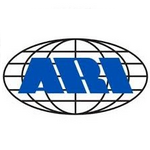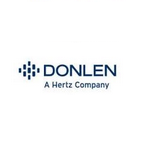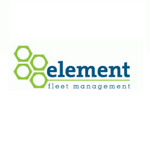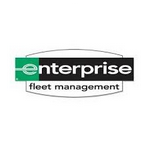Alignment
Wheel alignment, sometimes referred to as breaking or tracking, is part of standard automobile maintenance that consists of adjusting the angles of the wheels so that they are set to the car maker's specification. The purpose of these adjustments is to reduce tire wear, and to ensure that vehicle travel is straight and true (without "pulling" to one side). Alignment angles can also be altered beyond the maker's specifications to obtain a specific handling characteristic. Motorsport and off-road applications may call for angles to be adjusted well beyond "normal" for a variety of reasons.
All new vehicles leave the factory with their alignment checked and adjusted. Usually the technician paints the heads of the adjustment hardware to show it has been set, also to show if it has moved later on. It is advisable to do the alignment of the car after the first 5000 km, since all the suspension get set. Failure to do this may result in the camber and toe specifications drifting outside the manufacturer's limit. This may lead to vehicle pulling and tire wear.
Its a good indication that you need repair when:
- Vehicle pulling to one side
- Shaky Steering Wheel
- Tires worn out on one side more than the other
- General handling problems
Initially consumers may not notice these defects but after usage of some days or running some kilometers it can cause uneven tire wear and a pull/drifting to the left or right. Tire wear leads to frequent replacement of tires thus adding to running cost for the consumer.Vehicle pulling causes irritation and/or fatigue while driving the car. Under normal driving conditions many vehicles can go 50 000 km+ before they need a new set of tires, which is a good interval to have the alignment checked as well. Any severe driving incidents, or changed suspension components would also warrant a check. The typical alignment on an economy sedan takes about an hour under ideal circumstances. A utility or performance vehicle may require additional labor. When fasteners and hardware are rusted/seized, extra time may be required and/or parts may need to be replaced.
In the same fashion that you will wear out your shoes if you walk only on the inside or outside edge, so your tires may become worn if not within allowed specifications. Many performance vehicles sacrifice tire life for driving performance. As the tire will bounce, it is the first spring that your car rides on, affecting and potentially shortening the life of all other components. Braking distance, ride quality, and even fuel economy are all affected by the correct inflation and rotation of tires. A major improvement in fuel savings would result if everyone correctly inflated their tires.
Tips:
If your vehicle squeals while turning corners on dry pavement, it is probably time to have your alignment checked. (or slow down)
Changing rims and tires will normally not affect the alignment but will affect secondary angles.





